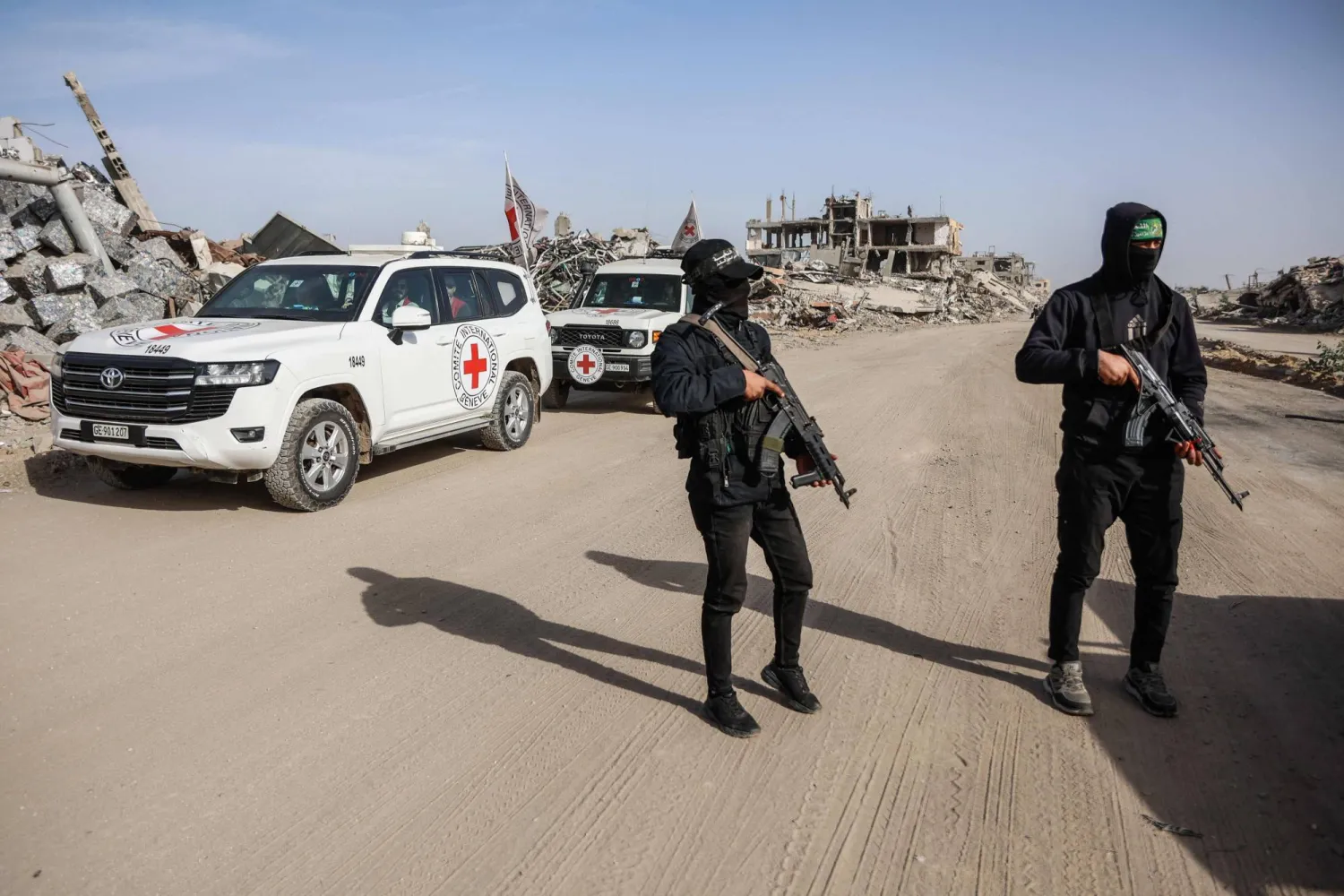Demand for meats and some vegetable varieties has sharply dropped in northwestern regions of Syria, where refugee families scattered across camps are ailed by a crippling economic crisis, skyrocketing unemployment, poor humanitarian aid and a high population density.
The opposition-led Syrian Interim Government has officially barred the circulation of the new 5,000 lira banknote, the largest denomination in the country, issued by the Central Bank of Syria (CBS) in areas under its control.
It is noteworthy that opposition authorities had also prohibited the circulation of the smaller 2,000 lira bill which was floated in 2017.
Signed by the head of the opposition government, Abdulrahman Mustafa, the order to outlaw dealing with the fresh bill was based on recommendations made by the finance and economy minister.
The ban was also backed by a decision from the National Coalition for Syrian Revolutionary and Opposition Forces.
More so, the Syrian Interim Government has officially made the Turkish lira the currency of choice in areas under its control.
Switching to the Turkish lira has lead prices of basic goods in Idlib province and its countryside to rise.
Meanwhile, the exchange rate of the Syrian lira against Turkish lira reached 395, while the exchange rate of the Syrian lira against the US dollar reached 2,930.
“For more than 15 days, my children have not eaten vegetables such as eggplant, zucchini and potatoes, and meat has become just a dream for many displaced Syrian families in the displacement camps here,” an internally displaced refugee from the western countryside of Hama, who lives now in al-Khalifa camp in the town of Armanaz in northern Idlib countryside, told the Syrian Observatory for Human Rights.
“We rely on the availability of certain materials such as cracked wheat, rice, lentils and chickpeas, which are usually found within the food baskets given out to families in this camp,” they explained.
“Everyone suffers poverty in general and only few can afford buying vegetables and meat for their home or tent,” they added, blaming unemployment and displacement for generating extreme poverty.
“There are many reasons for this situation that we are living in, the most important of which is the lack of job opportunities for young people and the displacement.”
“One meal for the average family may cost approximately 20 TL, equivalent to 7,000 Syrian liras,” the Observatory quoted the refugee as saying.









